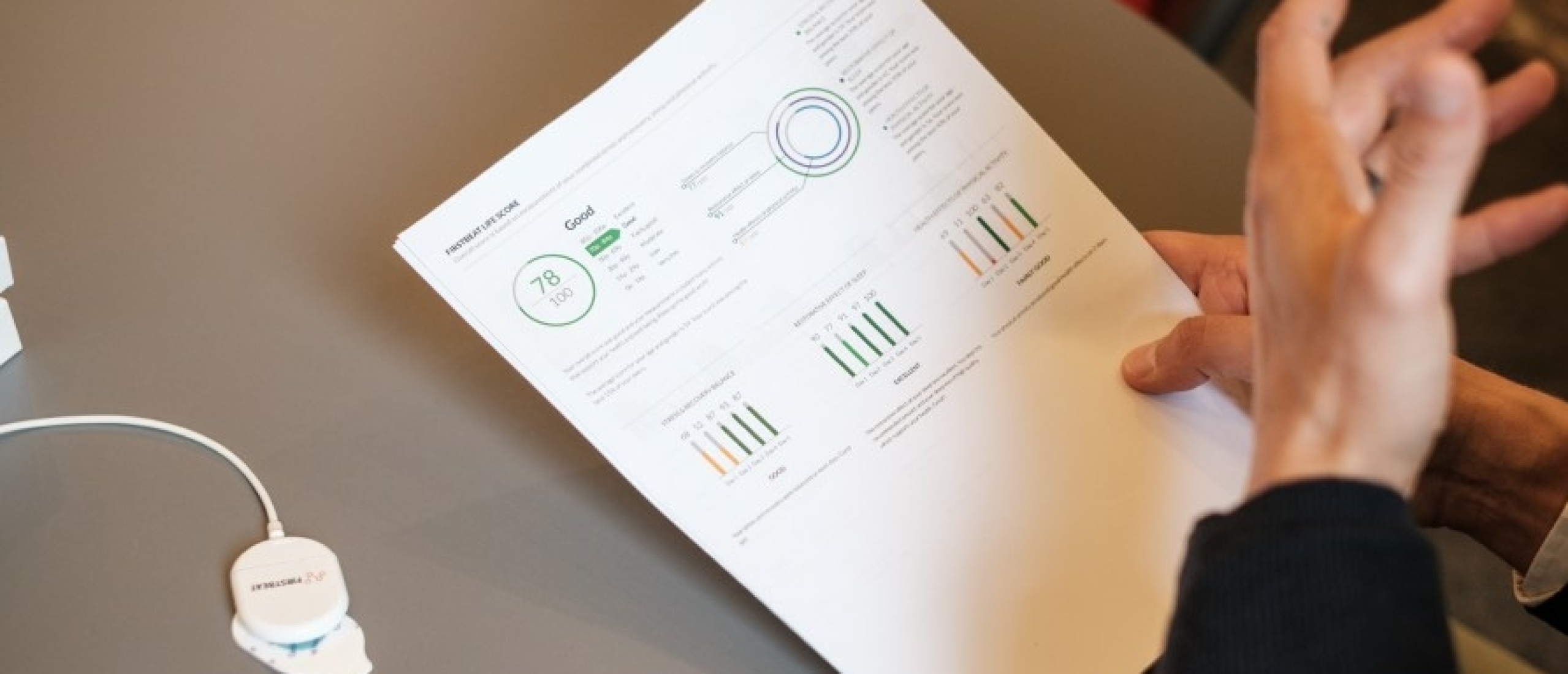
Heart Rate Variability - The one metric which rules them all
In the last Metric Monday newsletter I unfolded the concept of The Quantified Self and how data and technology can help you in your journey to optimal performance. There are of course a lot of metrics to measure as I have shown in the previous newsletter. This week I'll dive deeper into Heart Rate Variability, as this is the key metric which everyone, who wants to optimise their stress and recovery levels, should measure.
What is HRV?
Heart Rate Variability (HRV) refers to the fluctuation in time intervals between consecutive heartbeats, also known as R-R intervals. It provides insights into the balance and adaptability of the autonomic nervous system, specifically the interplay between the sympathetic and parasympathetic branches. HRV analysis can offer valuable information about overall health, stress levels, fitness, and cardiovascular function, making it a useful tool for monitoring and assessing well-being.
Those who want to know a bit more on what HRV is, I recommend to read one of my previous articles "Why does HRV matter and how is it related to performance within organisations"
In general a high HRV equals a high adaptability to stressful situations. A low HRV can be an indication of exhaustion and depression.

Why should you measure HRV.
Currently already many athletes measure their HRV in the morning, right after waking up, as it gives them an indication whether their body is "ready to perform". But not only athletes can benefit from measuring HRV, everyone can use their HRV values to get insights into overall health and stress levels.
The article "Why business leaders should measure their HRV" gives insights into what HRV can tell about your physical and mental health.
But HRV does not only give insights into your physical health and mental health, it also has been found to have a significant relationship with emotions.
Research has shown that higher HRV is generally associated with positive emotions, such as happiness, calmness, and contentment. When individuals experience positive emotions, there tends to be a greater balance between sympathetic and parasympathetic influences on the heart, resulting in increased HRV.
On the other hand, lower HRV is often observed during negative emotional states, such as anxiety, stress, and anger. Negative emotions are typically accompanied by heightened sympathetic activity and reduced parasympathetic influence, leading to decreased HRV.
Furthermore, HRV can also serve as an indicator of emotional regulation and resilience. Individuals with higher HRV tend to exhibit better emotional regulation skills, enabling them to recover more quickly from emotional arousal and stress.
So it's clear that this one metric holds so much information about how we navigate through our day. And guess what, it's even not that hard to measure. Continue reading to find out how you can do that.
How to measure HRV?
With technology advancing at a tremendous speed, almost everyone nowadays got the opportunity to measure their HRV. These are the most common ways to do so:
1. Smartwatches: Several smartwatches, such as those produced by Apple, Garmin, Fitbit, and Samsung, offer built-in HRV tracking features. These devices often provide real-time HRV measurements and offer accompanying mobile apps or software for data analysis and visualization.
 I use a Garmin smartwatch to continuously track HRV
I use a Garmin smartwatch to continuously track HRV
2. Dedicated HRV Monitors: Some specialized HRV monitors are designed solely for HRV assessment. These devices, like the Elite HRV, HRV4Training, or ithlete, connect to your smartphone or tablet via Bluetooth and provide detailed HRV measurements and analysis tools.
3. Mobile Apps: Numerous HRV measurement apps are available for smartphones, allowing you to measure your HRV using the device's built-in camera or sensors. Apps such as HRV4Training, Welltory, and Elite HRV use photoplethysmography (PPG) technology to derive HRV data.
4. ECG Devices: For more accurate and precise HRV measurements, you can opt for portable ECG devices like the Polar H10 chest strap or KardiaMobile. These devices offer higher-quality R-R interval data and are often used by athletes, researchers, and healthcare professionals.
With Built For Endurance, we also work with ECG as this gives the most accurate insights into the activity of your autonomic nervous system.
 An ACG device reading showing stress and recovery data from a multiday measurement
An ACG device reading showing stress and recovery data from a multiday measurement
In the next edition of the newsletter I will share the main lifestyle factors which influence HRV. So stay tuned to dive deeper into the real value and actionability of measuring your HRV values.
Be your best,
Lieven
